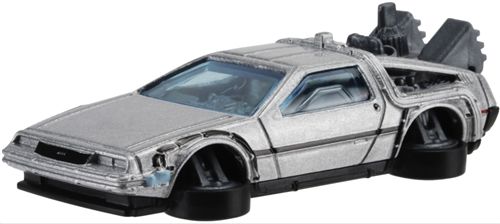
Meanwhile, we’re hearing very little from the usual suspects. "What’s striking is that many of these players are newcomers. “In as little as 10 years, we could have products on the market that revolutionise urban travel for millions of people.”Īirbus says it will target transport service providers and car-sharing groups that could use smartphones to book a vehicle, but it isn't the first company to dream of flying cars.Ĭhinese company Ehang has obtained authorisation to test its autonomous air vehicle designed to carry passengers in Nevada, and companies such as e-volo, Joby Aviation, Zee.Aero, Aurora Flight Sciences and even NASA are working on passenger drone prototypes. “We believe that global demand for this category of aircraft can support fleets of millions of vehicles worldwide,” estimates Lyasoff. Underway since February 2016, the Vahana project's team of internal and external developers and their partners have now agreed on a vehicle design and is beginning to build and test vehicle subsystems. “That’s one of the bigger challenges we aim to resolve as early as possible,” he says. Lyasoff says that while reliable sense-and-avoid technologies are beginning to be introduced in cars, no mature airborne solutions currently exist. “Many of the technologies needed, such as batteries, motors and avionics are most of the way there,” said Rodin Lyasoff, project executive at A3, the company’s innovation outpost in California's Silicon Valley. Unlike Project Vahana, it will carry multiple passengers. Singapore's CityAirbus, which features multiple propellers like a drone, is being developed as an autonomous aircraft, but will initially be flown by a pilot.

However, feasibility studies by the Airbus consortium indicate the project's chances of success are favourable and the first step is an agreement with the Civil Aviation Authority of Singapore to test a full-scale drone, called CityAirbus, over the University of Singapore in mid-2017.

Of course, the passenger drone would rely on obstacle detection and avoidance systems similar to those already seen in vehicles like the Mercedes-Benz E-Class - even if at this stage flying an unpiloted aircraft with or without passengers over cities remains illegal.

The situation is even worse in cities such as Delhi, Shanghai and Tokyo, which has a population of 38m.Īirbus Group's solution is Project Vahana, which is developing “an autonomous flying vehicle platform for individual passenger and cargo transport”, the first test flight of which is slated for late 2017. The French company famous for its long-haul passenger aircraft has now turned its attention to urban traffic congestion, which it says will become unbearable in a growing number of megacities by 2030, by which time 60 per cent of the world's population will live in cities – up 10 per cent on 2015.įor example, the Brazilian metropolis of Sao Paulo, which currently has 21 million inhabitants but is expected to grow to 23.4m by 2030, set a new record in 2014 when peak-hour traffic stretched out for 344km.Īccording to one study, these huge traffic jams cost the Brazilian economy at least $US31 billion a year, while another found that Londoners lose the equivalent of 35 working days per year idling in traffic. Flying cars are the stuff of dreams – and Hanna-Barbera's 1960s cartoon classic, the Jetsons – but when a company as big and reputable as Airbus gets behind them, the idea of automated personal aircraft flocking over our cities may not be so far-fetched.


 0 kommentar(er)
0 kommentar(er)
